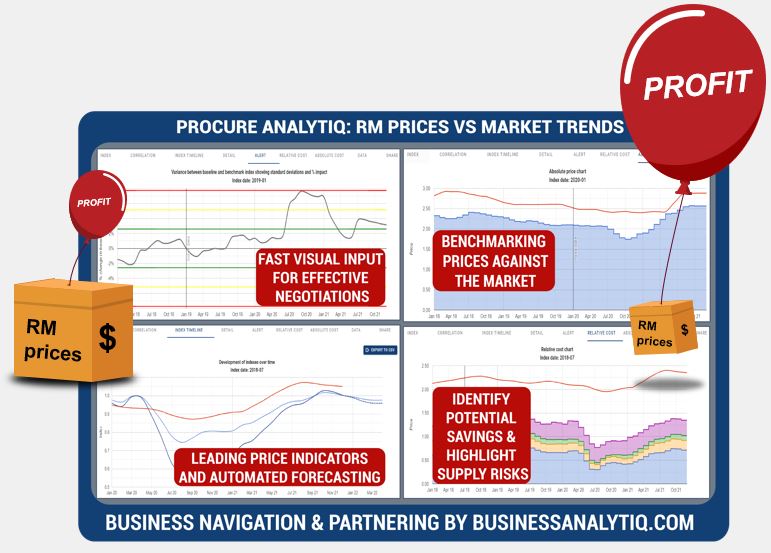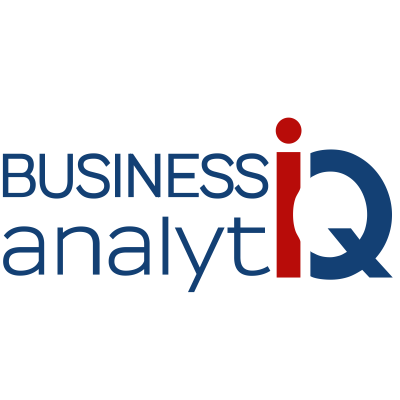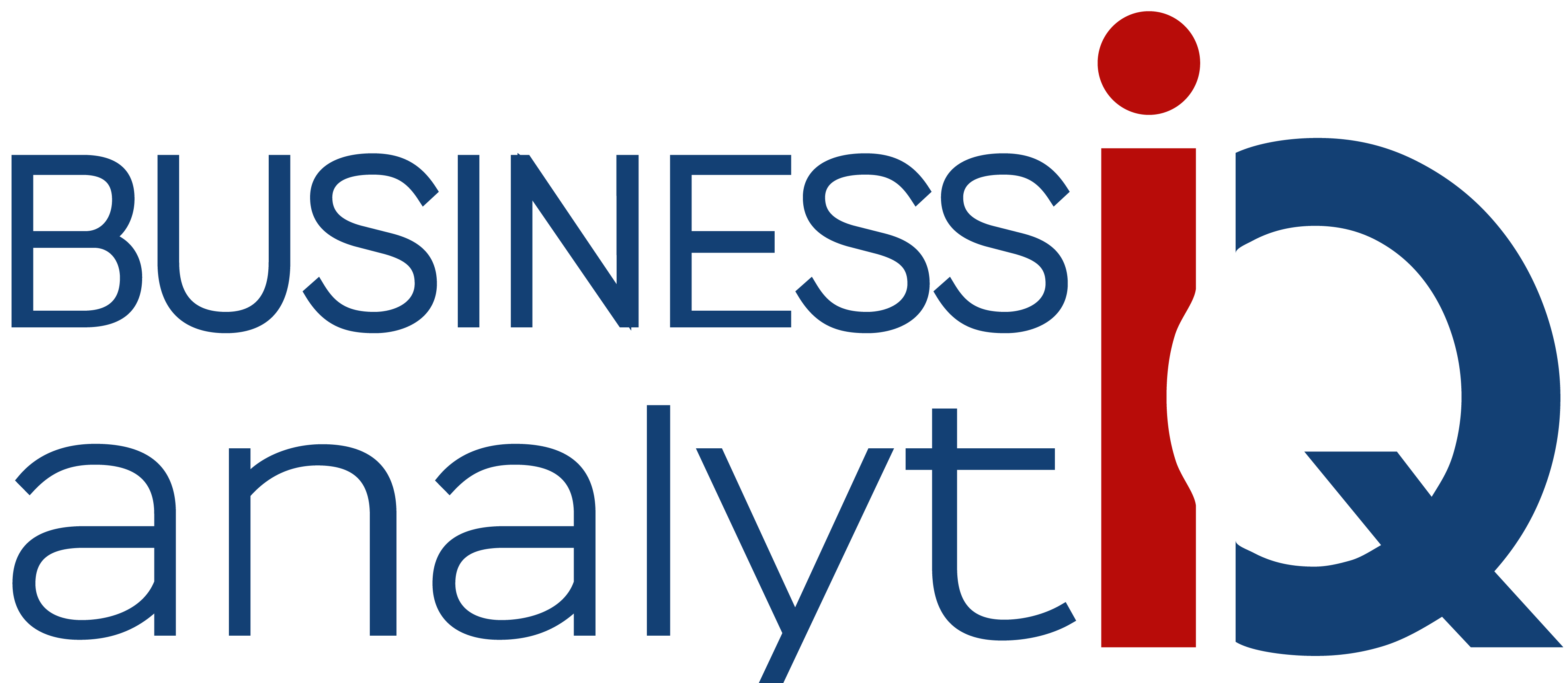Methyl Acrylate price April 2024 and outlook (see chart below)
- North America:US$1.4/KG, 1.4% up
- Europe:US$1.86/KG, 2.8% up
- Northeast Asia:US$1.24/KG, 1.6% up
- Southeast Asia:US$1.24/KG, 0.8% up
- Middle East:US$1.63/KG, unchanged
Business Analytiq assumes no responsibility or liability for any errors or omissions in the content of this site. The information contained in this site is provided on an “as is” basis with no guarantees of completeness, accuracy, usefulness, fitness for purpose or timeliness.
Methyl Acrylate price index
This post is a summary of the Methyl Acrylate price index developments since 2015. The price developments are expressed as a price index in US$ prices converted at current FX rates, which are the FX rates applicable at the time the price was valid. Methyl Acrylate price index developments are calculated from multiple separate sources of data to ensure statistical accuracy.
Further information on the Methyl Acrylate price chart
What is Methyl acrylate
Methyl acrylate is an organic compound with the chemical formula CH2=CHCOOCH3. It is a colorless liquid with a pungent odor and is highly flammable. Methyl acrylate is commonly used in the production of polymers, resins, and coatings. It is also used as a starting material for the synthesis of various chemicals, such as pharmaceuticals and fragrances. Methyl acrylate can be hazardous if handled improperly, and exposure to it can cause irritation to the skin, eyes, and respiratory tract. It is important to follow appropriate safety precautions when working with methyl acrylate.
How is Methyl acrylate produced
Methyl acrylate is typically produced by the esterification of acrylic acid with methanol. The reaction is typically catalyzed by an acid catalyst, such as sulfuric acid, and is carried out under carefully controlled conditions to optimize yield and minimize unwanted byproducts. The overall reaction can be represented as follows:
CH2=CHCOOH + CH3OH → CH2=CHCOOCH3 + H2O
In this reaction, the carboxylic acid group (-COOH) of acrylic acid reacts with the alcohol group (-OH) of methanol, resulting in the formation of an ester bond (-COO-). The resulting product is methyl acrylate, along with water as a byproduct. The reaction can be carried out using a batch reactor or a continuous flow reactor, depending on the desired scale of production. The purity and yield of the product can be improved by using high-quality starting materials and carefully controlling reaction conditions.
What is Methyl acrylate used for
Methyl acrylate is a versatile chemical used in a wide range of applications in various industries. Here are some of the common uses of methyl acrylate:
Production of polymers
Methyl acrylate is used in the production of polymers such as poly(methyl acrylate) (PMA), which is used as a substitute for polyvinyl acetate (PVA) in the production of paints, adhesives, and coatings. Methyl acrylate is also used in the production of resins such as methyl methacrylate-butadiene-styrene (MBS) and acrylonitrile-butadiene-styrene (ABS), which are used in the production of automotive parts, electronic components, and household appliances.
Adhesives
Methyl acrylate is used in the production of pressure-sensitive adhesives used in labels, tapes, and stickers.
Coatings
Methyl acrylate is used as a raw material in the production of acrylic coatings, which are used in the automotive, construction, and industrial sectors.
Textiles
Methyl acrylate is used in the production of acrylic fibers, which are used in the textile industry to make clothing and home furnishings.
Pharmaceuticals
Methyl acrylate is used as a raw material in the production of various pharmaceuticals, including antihistamines and anti-cancer drugs.
Fragrances
Methyl acrylate is used in the production of fragrances and flavors.
Other uses
Methyl acrylate is also used in the production of plastics, rubber, and other chemicals. It is also used as a solvent and in the synthesis of various specialty chemicals.
How big is the methyl acrylate market
The global methyl acrylate market size was valued at USD 3.1 billion in 2020 and is projected to reach USD 4.5 billion by 2028, growing at a compound annual growth rate (CAGR) of approximately 4.5% during the forecast period.
The increasing demand for methyl acrylate is driven by its versatile applications in various end-use industries, such as adhesives, coatings, plastics, and textiles. Methyl acrylate is used in the production of polymers, including poly(methyl acrylate) (PMA), which is used as a substitute for polyvinyl acetate (PVA) in the production of paints, adhesives, and coatings. It is also used in the manufacture of resins, such as methyl methacrylate-butadiene-styrene (MBS) and acrylonitrile-butadiene-styrene (ABS), which are used in the production of automotive parts, electronic components, and household appliances.
The Asia-Pacific region is the largest market for methyl acrylate, owing to the high demand from countries such as China, Japan, and South Korea, which are major producers of polymers and resins. North America and Europe are also significant markets for methyl acrylate, driven by the growing demand for adhesives and coatings in various end-use industries.
Further information
Business Analytiq
BE THE FIRST TO SEE RISK AND OPPORTUNITY!
BusinessAnalytiq provides unlimited market trend data and an online tools to track market developments, key benchmarks & leading indicators.
BusinessAnalytiq leads to price visibility, better negotiations, easier budgeting and forecasting, lower raw material prices, and improved better internal and external communication. BusinessAnalytiq will decrease risk and higher profit.

Where does the data come from?
- The source of the data are exclusively public non-confidential sources. We have no access to primary data
- This the index trend of the price trend of the "product category" in general, and not a single specification of the product in particular
- The data is a combination of contract and spot pricing
- Our algorithms are set up to eliminate significant product mix impact on the reported price
- We combine public publications, import/export records, trading prices, company announcements, magazine articles, tweets, and other sources of ad-hoc public information.
- The chart shows the our best approximation of the market trend based on our algorithm interpretation of the signals
- For most indexes we have multiple sources and we focus on using statistically-correlated sources
- As a function of our automation, it is likely that recent trends will be adjusted as we discover more information. So, for example, the price trend for February 2024 will be first calculated in February 2024 and adjusted in March, April and May 2024.
- We will update the data trend as more information becomes available, and this means that recent trends will always be adjusted as we get more data available
- The algorithm will regularly revise our understanding of market trends, and indicated market trends may change
- The data is presented in US$. The UOM of measure is shown in the Index list table
- Our automated software and we do our best to create an accurate representation of the trend
Where does the data NOT come from?
- We do not purchase data from any other source and republish it.
- We will not purchase data from any other source and republish it
- We do not extrapolate trends, even for the forecast. We look for other market signals and leading indicators
What data should our company use?
- If you are making decisions driving significant share of profit, we always recommend that you buy data from the companies who invest in direct primary market access such as ICIS, amongst many others
- Our data, at best, represents an estimate of the market trend based on public information
- We have no direct access to the market, and we do not interview suppliers and customers
- Our automated analysis tools in the online software are set up to combine our data with other sources of data
- We do not recommend that you use our data for direct price mechanisms, as we may change and improve the data trends over time, including historical data
What does the quality indication in the main menu mean?
- Quality level A: Data is from a reliable and confirmed source
- Quality level B: Data is from multiple credible sources and there are no major statistical inconsistencies between them
- Quality level C: Data is from multiple credible sources and there are some statistical inconsistencies between them
- Quality level D: Data is from a single credible source, but we cannot verify the data
- Quality level E: Data is either:
- From a single source, which we consider reliable, but we cannot verify the data.
- From 2 or more sources which have some periods of contradicting trends.
- Quality level F: Data is from a single source which we consider indicatively correct, but the data is anecdotal and we cannot verify the data.
What are the disclaimers?
- We assume no responsibility or liability for any errors or omissions in the content of this site.
- The information is provided on an “as is” basis with no guarantee of completeness, accuracy, usefulness, fitness for purpose or timeliness.
- By their nature, outlooks are always uncertain
How often do we update the data?
- We aim to update the data series on the 9th and 24th of each month (but we do not always make it for each chart)
- The data for the current month and recent history are fine-tuned over time.
What are we doing to improve the data?
- We are continually improving our data collection and processing methods
- Pricing data will be updated from time to time as we improve the accuracy
- We are reviewing all data sources in the first half of 2024.
- There will be continuous fine-tuning of the trend and forecast algorithm as part of that.
- The key focus in 2024 is to add many additional indexes
How can i give feedback on the data or request for new indexes
- Feel free to contact us if you have a specific request. You can reach us via the Contact us page

